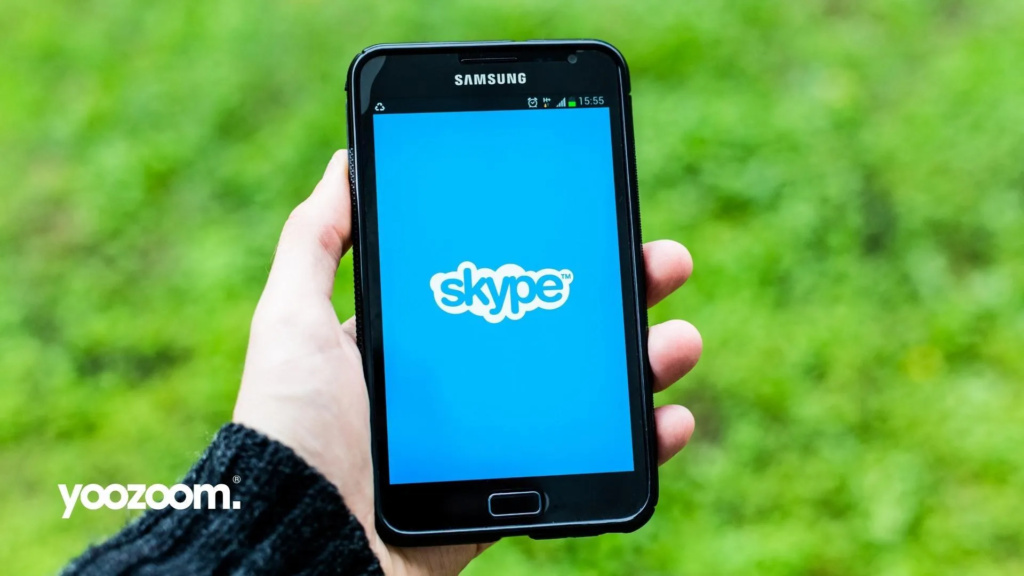X, previously known as Twitter, has implemented a crowdsourced fact-checking system known as Community Notes, a significant step in the platform’s ongoing efforts to combat misinformation. This innovative feature allows authorized members to attach written notes to posts that may contain misleading or inaccurate information. The beauty of this system lies in its transparency; once a Community Note is attached to a problematic post, it becomes visible to all users, providing them with valuable context and helping them discern the accuracy of the content they’re viewing.
Initially, Community Notes was limited to text-based posts. However, X recently expanded its support to include images, and now it’s taking another stride by extending this functionality to video content. With this new update, when a questionable video is shared on the platform, an AI-driven system will diligently identify the source, analyze the clip, and attach a relevant Community Note to inform viewers about the nature of the content they are about to consume.
This multimedia support is a vital step forward in X’s mission to combat the dissemination of manipulated content, AI-generated videos, and other forms of harmful material. Community Notes are a collective effort, contributed by a select group of experts spanning more than 40 countries. While this feature is undoubtedly valuable, it does come with some inherent limitations. One such limitation is the need for approval from members on both sides of a discourse before a Community Note becomes visible. This process can lead to delays in tagging harmful or misleading content with the necessary disclaimers, if it happens at all.
It’s important to note that while Community Notes play a crucial role in fact-checking, they are not a replacement for dedicated fact-checking organizations. These organizations are often faster in their responses and have access to certified experts, free from the consensus limitations that X imposes on Community Notes.
As the Poynter Institute points out, achieving a “cross-ideological agreement on truth” is a challenging task, especially in today’s increasingly polarized environment. Another noteworthy concern is X’s uneven implementation of moderation, safety, and security features. Twitter has faced criticism for censoring critical voices in countries like India and the Middle East, where government authorities often exert influence over content shared by journalists and media houses. As the 2024 elections approach in both India and the United States, the stakes for balanced content moderation are higher than ever.

In retrospect, Community Notes indirectly delegate the responsibility of fact-checking to its most prolific users with a certain level of expertise, instead of relying solely on a dedicated trust and safety team. Notably, Elon Musk made significant changes to the company’s safety team soon after taking the helm, but X is now working to rebuild it, particularly as it reopens its platform to political ads in its home market, following a ban imposed in 2019.
In conclusion, Community Notes represent an essential step in X’s evolution, aiming to empower its community to combat misinformation effectively. However, they come with their own set of challenges and are best seen as a complementary tool in the broader fight against false information and harmful content on the platform.







